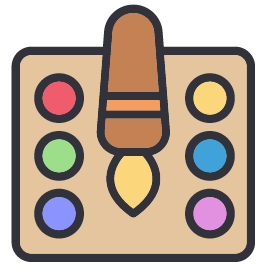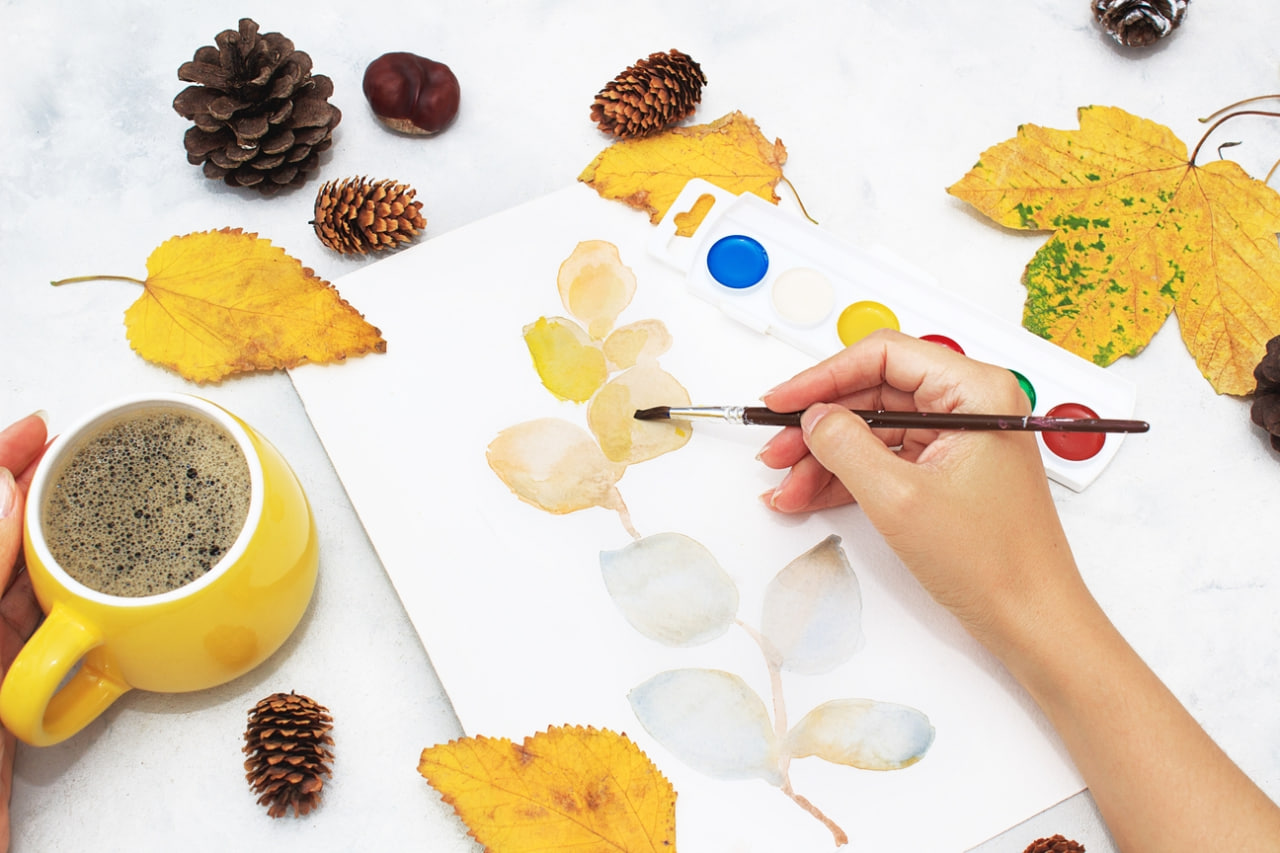Choosing the Right Materials: Paper, Brushes, and Paints Explained
Starting your journey into watercolor painting is exciting, but it can also feel overwhelming when faced with the wide variety of materials available. Choosing the right paper, brushes, and paints is essential not only for creating beautiful artworks but also for making your painting experience enjoyable and frustration-free. In this blog, we will guide you through the key aspects of selecting watercolor materials so you can make informed decisions that suit your style and budget.
Watercolor Paper: The Foundation of Your Art
Watercolor paper is perhaps the most important material in your toolkit. Unlike regular paper, watercolor paper is designed to absorb water without warping, tearing, or losing its texture. When selecting paper, consider the following factors:
Paper Weight: Watercolor paper weight is measured in grams per square meter (gsm) or pounds. Heavier paper (usually 300 gsm or 140 lb) is thicker and can handle more water without buckling. Beginners often benefit from using heavier paper as it offers greater durability and better results.
Paper Texture: There are three main types of watercolor paper textures: hot press, cold press, and rough. Hot press paper has a smooth surface, ideal for detailed work and fine lines. Cold press paper has a slightly textured surface, making it versatile and popular among artists for various styles. Rough paper has a highly textured surface that adds character and is great for expressive paintings with lots of texture.
Material: Most watercolor papers are made from cotton or wood pulp. Cotton paper is of higher quality, more durable, and offers superior water absorption, while wood pulp paper is more affordable but less resilient. Investing in 100% cotton paper can significantly improve your painting experience.
Choosing the Right Brushes
Brushes come in many shapes, sizes, and materials, each suited to different techniques and effects. Understanding brush options will help you select tools that complement your painting style.
Brush Shapes: The most common brush shapes for watercolor are round, flat, filbert, and mop. Round brushes are versatile and good for detail work and washes. Flat brushes cover larger areas and create sharp edges. Filbert brushes have rounded tips ideal for blending, while mop brushes hold a lot of water and are great for broad washes.
Brush Sizes: Brushes come in various sizes, usually numbered. Smaller numbers correspond to smaller brushes used for detail, while larger numbers indicate bigger brushes suitable for washes and backgrounds. A good starter set includes a range of sizes to handle different tasks.
Brush Hair: Brushes can be made from natural hair, synthetic fibers, or a blend of both. Natural hair brushes, such as sable, offer excellent water retention and smooth strokes but can be expensive. Synthetic brushes have improved greatly over the years and are more affordable, durable, and suitable for beginners.
Selecting Watercolor Paints
Watercolor paints come primarily in tubes and pans, and choosing the right type depends on your preferences and painting habits.
Tubes vs. Pans: Tubes contain moist paint and provide intense, vibrant color that can be mixed with more water. Pans are dry, compact blocks of paint that become usable when wet with water. Pans are portable and convenient, while tubes offer more control over pigment intensity.
Quality of Paint: Watercolor paints vary in quality from student-grade to professional-grade. Professional paints contain higher pigment concentration, better lightfastness (resistance to fading), and richer colors. Student-grade paints are more affordable and good for practice but may have less vibrant colors and fade faster.
Color Selection: Beginners often start with a basic palette of primary colors—red, blue, and yellow—and build from there. Choosing paints with high pigment quality ensures your colors remain bright and blend well. Consider adding earth tones, greens, and purples to expand your palette over time.
Additional Tools and Accessories
Besides paper, brushes, and paints, certain accessories can improve your watercolor experience:
Palette: A mixing palette with wells allows you to mix colors and control the amount of water used.
Water Containers: Having two containers—one for clean water and one for rinsing brushes—helps maintain color purity.
Masking Tape and Fluid: These tools protect areas of your paper you want to keep white or paint-free, aiding in creating highlights and clean edges.
Sponges and Paper Towels: Useful for lifting paint, creating texture, and cleaning brushes.
Tips for Choosing Materials on a Budget
Quality materials can be expensive, but beginners don’t need to buy the most expensive supplies right away. Start with mid-range brushes and paper, and invest in a basic set of paints. Look for student-grade materials with good reviews to balance cost and quality. Over time, as you develop your style and preferences, you can gradually upgrade your supplies.

